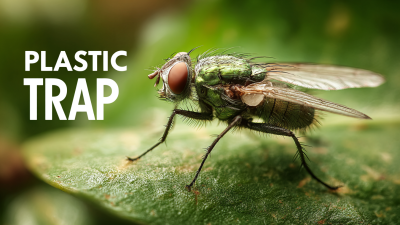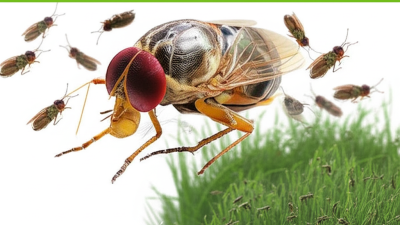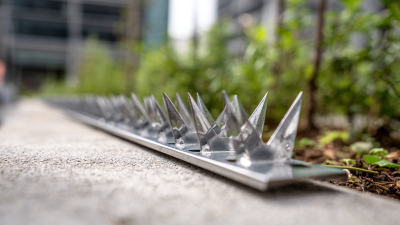
 Bird & Pigeon Pest Control
Bird & Pigeon Pest Control  Mice & Rat Pest Control
Mice & Rat Pest Control  Mole & Vole & Gopher Pest Control
Mole & Vole & Gopher Pest Control  Fly Insect Pest Control
Fly Insect Pest Control  Wasp & Bee Pest Control
Wasp & Bee Pest Control  Moth Pest Control
Moth Pest Control  Mosquito Pest Control
Mosquito Pest Control  Cockroach Pest Control
Cockroach Pest Control  Wildlife Pest Control
Wildlife Pest Control  Snake Pest Control
Snake Pest Control  Bed Bug & Flea Pest Control
Bed Bug & Flea Pest Control  Snail & Slug Pest Control
Snail & Slug Pest Control  Ant & Termites Pest Control
Ant & Termites Pest Control  Spider Pest Control
Spider Pest Control  Other Insect Pest Control
Other Insect Pest Control  Garden Products
Garden Products  Blog
Blog As households strive to maintain cleanliness and comfort, the presence of unwanted pests, particularly flies, can pose significant challenges. According to the Environmental Protection Agency (EPA), flies can carry and transmit various diseases, making effective pest control essential for maintaining a safe living environment. One of the most efficient solutions for this issue is the implementation of fly traps. These devices not only help in reducing fly populations but also play a critical role in preventing the spread of illness. Research indicates that strategically placed fly traps can reduce fly infestations by up to 90% in residential settings, significantly improving indoor hygiene. Understanding the science behind fly traps—how they work and why they're vital for home maintenance—can empower homeowners to make informed decisions in their pest control strategies. With the right fly traps in place, households can ensure a healthier, more comfortable environment for all inhabitants.
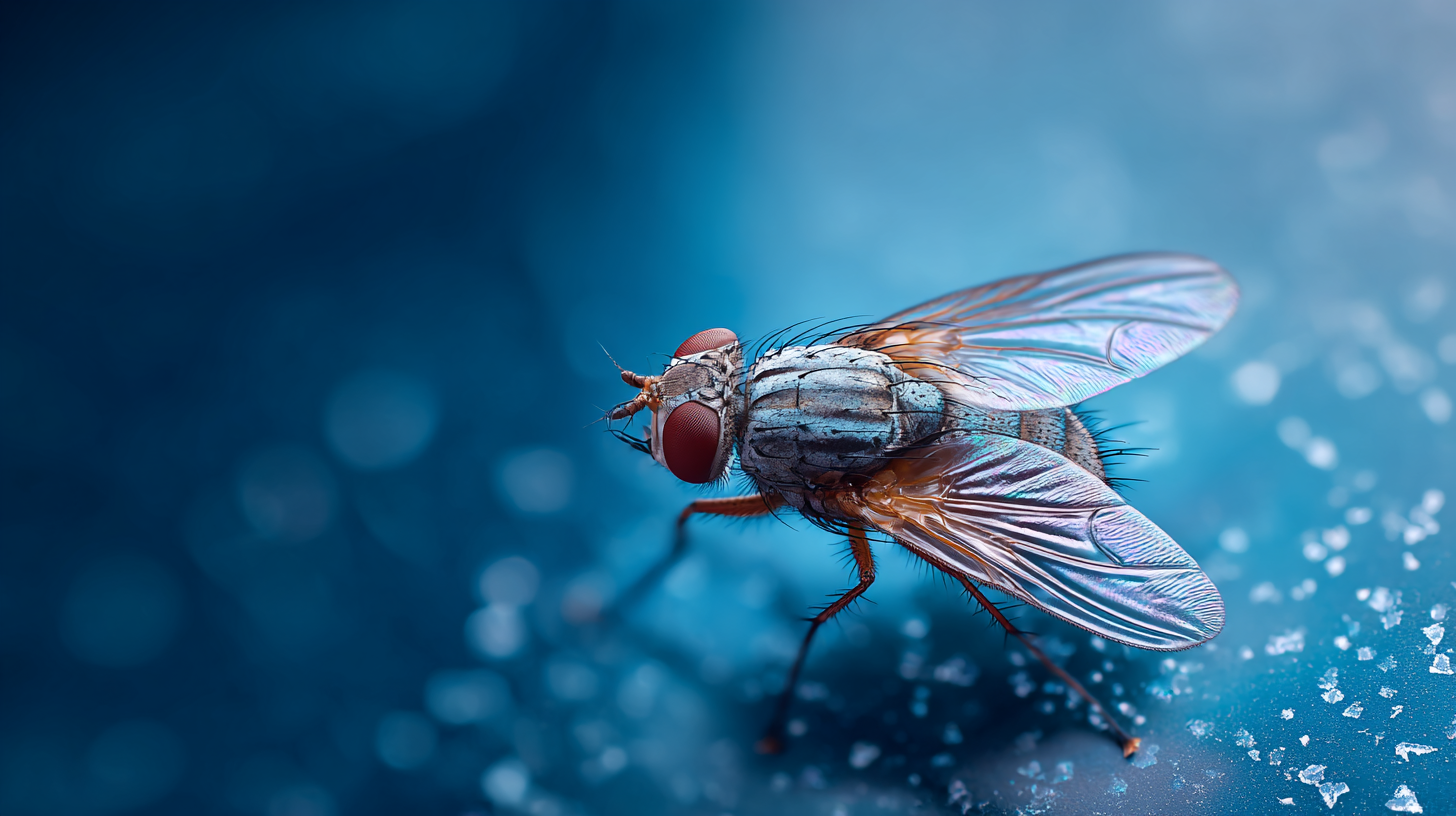
Flies are among the most common household pests, and understanding their biology can unravel why they are so easily attracted to traps. Flies possess highly developed olfactory receptors that allow them to detect food sources from considerable distances. They are particularly drawn to the scent of decaying organic matter, sugary substances, and proteins, all of which are commonly found in household environments, particularly in kitchens and dining areas. These scents trigger their feeding instincts, making them more likely to investigate traps baited with such attractants.
Moreover, the visual capabilities of flies also contribute to their allure toward traps. Flies can perceive a broad spectrum of colors, and certain hues, especially bright or contrasting colors, can mimic the natural environments where they typically find food. Traps that incorporate these colors can manipulate a fly's instinctual responses, drawing them in more effectively.
Understanding these biological imperatives not only highlights the importance of fly traps but also emphasizes the need for proper sanitation practices to reduce the attraction. By managing the factors that lure flies into living spaces, it becomes easier to maintain a fly-free home.
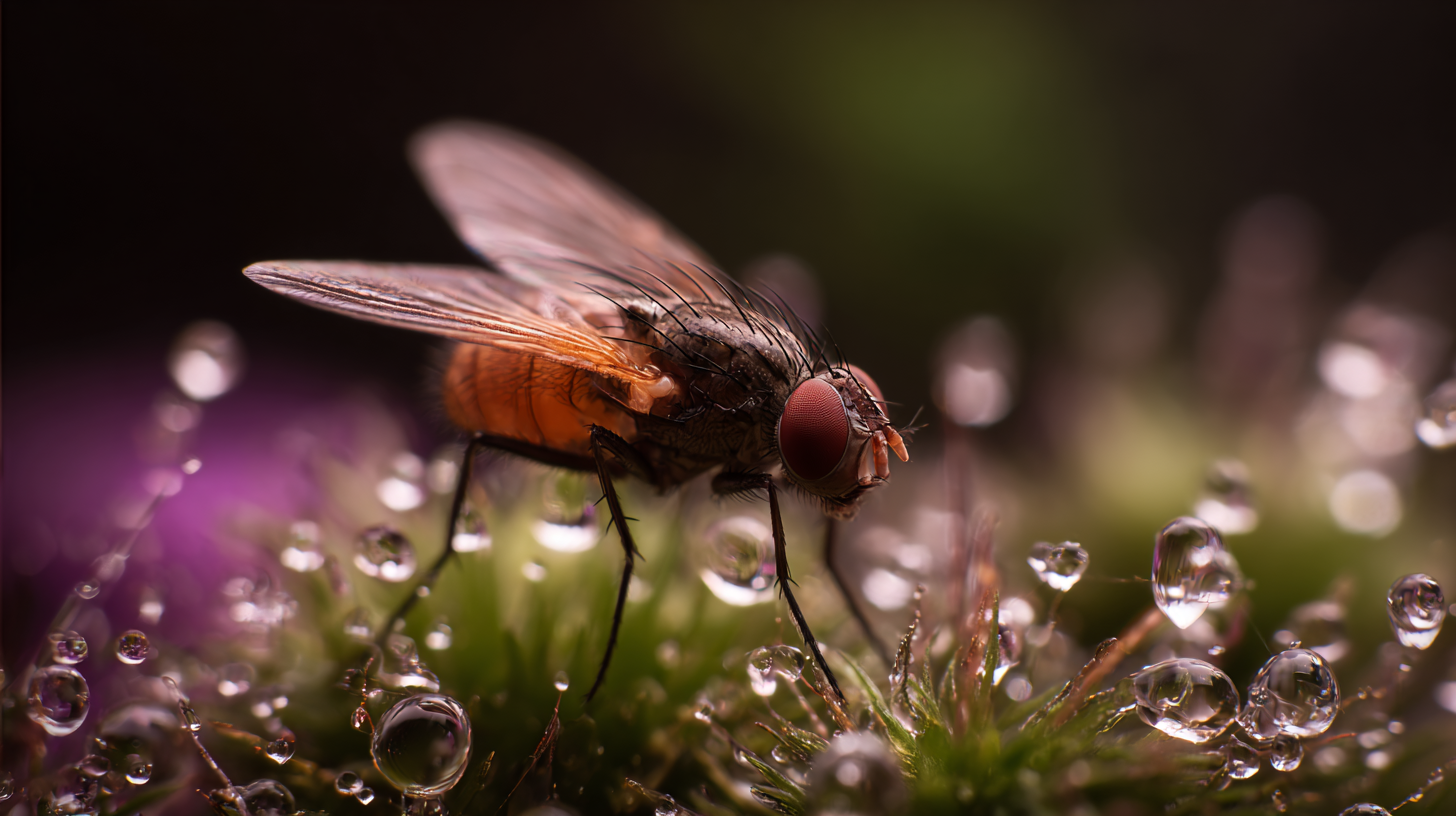
The effectiveness of fly traps largely depends on the chemistry of their baits and the specific attractants they utilize. Recent findings indicate that the right combination of natural and synthetic attractants can significantly enhance trapping efficiency. For instance, attractants derived from various fermentation processes—such as those produced by Enterobacter cloacae—have shown promising results in luring Bactrocera dorsalis, a notorious pest that threatens fruit crops worldwide. This underscores the importance of leveraging microbiological insights in the development of more effective fly traps.
Moreover, industry research reveals that traps baited with specific sugar-based attractants outperform standard models by up to 30% in capturing flying insects. These insights were reflected in a comparative testing conducted on multiple fly traps, which found that those utilizing advanced biochemical attractants consistently yielded better results. This highlights the vital role of ongoing innovation in decomposing organic materials and mimicking natural cues in maximizing the efficiency of fly traps and improving pest management in residential settings. As consumers seek more effective solutions for flying insect control, it becomes essential to invest in products that incorporate these scientifically-backed attractants.
When it comes to managing fly populations in our homes, understanding the comparative effectiveness of traditional versus modern fly trap technologies is crucial. Traditional fly traps, such as sticky paper and electric fly zappers, have been reliable for decades. Sticky traps utilize a simple adhesive surface to catch flies, relying on their natural instinct to land on surfaces. While effective for small-scale infestations, these traps can require frequent replacement and may not address larger fly issues efficiently. Electric zappers, on the other hand, attract flies with light and electrocute them upon contact, providing a more immediate solution but often creating additional mess and safety concerns, especially in households with pets or children.
Modern fly trap technologies have emerged to provide more advanced solutions. Innovations such as UV light traps combined with carbon dioxide emitters mimic the natural attractants flies are drawn to, significantly increasing their effectiveness. Some devices even use pheromones to lure flies into traps, making them more efficient for larger areas. Additionally, modern traps are often designed to be more user-friendly and hygienic, with features that minimize waste and odor. As homeowners seek the best methods to combat fly nuisances, adopting these contemporary technologies can significantly improve fly control efforts, ultimately creating a cleaner and healthier living environment.
| Trap Technology | Effectiveness (%) | Maintenance Needed | Environmental Impact | Cost (USD) |
|---|---|---|---|---|
| Traditional Sticky Traps | 70 | Low | Low | $5 - $15 |
| Electric Fly Zapper | 90 | Medium | Medium | $20 - $50 |
| UV Light Traps | 85 | Medium | Low | $30 - $70 |
| Biological Traps | 75 | High | Very Low | $25 - $60 |
| Smart Fly Traps | 95 | High | Low | $100 - $200 |
Fly infestations in homes pose significant health hazards that cannot be overlooked. According to the Centers for Disease Control and Prevention (CDC), flies are known carriers of over 65 diseases, including food poisoning, diarrhea, and respiratory infections. Their ability to thrive in unsanitary conditions allows them to transfer pathogens from their environment to our food and living spaces. The prevalence of flies, particularly during warmer months, emphasizes the critical need for effective control measures to safeguard our health and maintain a hygienic home environment.
Implementing proper control methods is essential to reduce fly populations. Here are a few tips to help you manage these pests effectively:
With consistent efforts and the right tools, the risk of fly-related health issues can be minimized, ensuring a safer and healthier living space for you and your family.
When selecting the right fly trap for your home, homeowners should consider several essential factors to ensure effective pest control. First and foremost, determine the type of flies you are dealing with, as different traps target specific species. For instance, sticky traps are effective for fruit flies, while more robust electric traps are better suited for larger flies. Understanding the common insects in your area will help in choosing a trap that offers the best results.
Another critical factor is the trap's placement. Fly traps should be strategically located in areas where flies are most active, such as near trash cans, outdoor dining spaces, or entryways. It's also important to consider the trap's size and capacity—this will determine how frequently you need to check and empty the trap.

